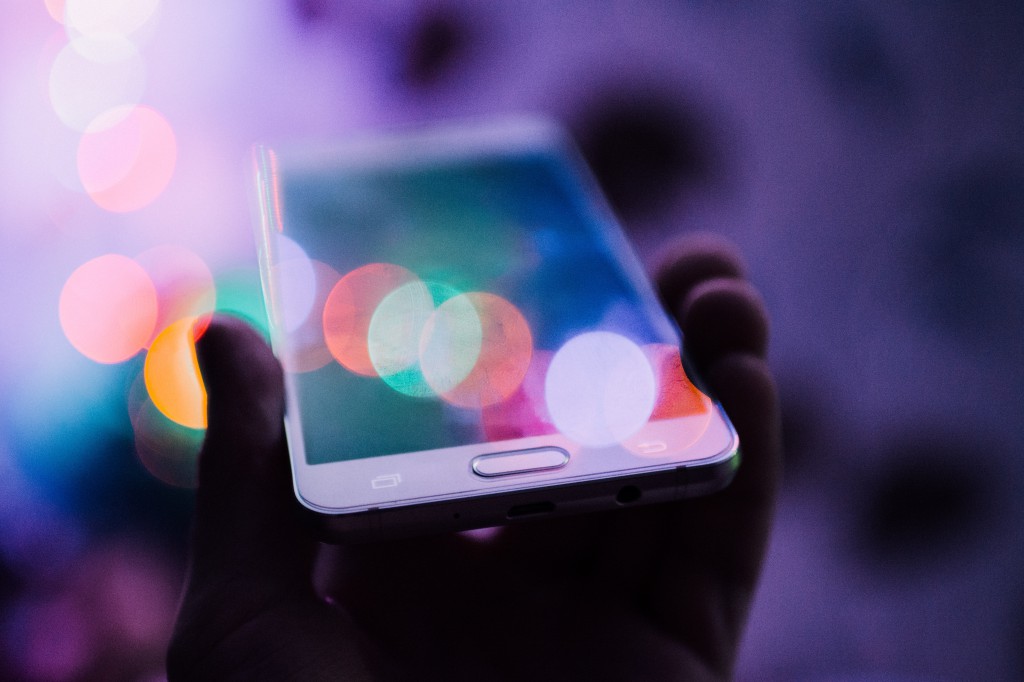一周前发布了最关键的年度营销研究之一,我可以近乎保证你错过了它。不,这不是最新的魔术象限, 要么Mary Meeker的互联网趋势(although I highly recommended reviewing both). It is the Bureau of Labor Statistics’美国时间使用调查。
Every year the Bureau of Labor Statistics releases this comprehensive study of how American’s are using their time on a day-to-day basis, and year-after-year it goes unnoticed by marketing teams that are scratching and clawing to command their audiences’ time and attention. Not to worry, since nobody (except me) enjoys the wonderful world of government funded labor studies, I have taken the liberty of dissecting the report for you.
以下是一些有趣的统计数据,了解所有营销人员应该了解所有营销人员应该了解的时间:
- The average American is spending around 43 minutes a day purchasing goods and services (this includes researching products and online purchases on both desktop and mobile).
- The average American is spending 36 of their 43 minutes a day shopping on commercial goods and travel.
- 美国普通的美国人花费超过五分钟购买专业的商品和服务。
- 平均雇用的美国人在电话,邮件和电子邮件上每天花13分钟。
- 普通雇用的美国千禧一代(大部分B2B购买段),每天花34分钟浏览网页以休闲。
成千上万的B2C和B2B组织在为it out for a sliver of the average American’s 43 shopping minutes per day. If these stats are telling you anything it should be that your time to engage your customer is beyond limited, especially if you’re not selling a commercial goods or flights. Time is everyone’s most important asset and yet consumers are constantly met with lengthy digital experiences that span multiple channels instead of simple, delightful, digital experiences that fit their audience’s timeframe.
为了破坏这种习惯并提供相关,时间敏感的数字体验您的客户需求,您必须了解两个概念:微观时刻和微观体验。
微观时刻
2015/2016的流行营销流行语,微小的时刻是,根据谷歌认为,“......当人们反思地转向一个越来越多的智能手机时 - 为了需要学习某些东西,做点什么,发现一些东西,观看一些东西,或买东西。“本质上,当人们在微小的时刻运作时,他们正在以某种形式的意图和目的运作,使这些时刻非常强大,可以为组织进行资本化。这些是您的消费者在每天购买43分钟的购物时间来考虑您的服务,而且他们希望能够提供正确的信息和经验,或者他们的注意将在其他地方转移。
那么你的组织如何回应?
微观体验
根据谷歌的局部对微小时刻的推广回应是“在那里。有用。是负责任的。“他们缺少的是b快速and精简。我冒充有点明显的东西:你的品牌越快可以提供产品或经验而不是牺牲品牌信任,你会吸引的顾客越多。微观体验是那些值得信赖的品牌互动,在尊重他们的时间并限制他们与一个或两个营销渠道的互动并限制他们的互动。
A great example of an industry disruptor who is delivering an excellent Micro-Experience is the insurance provider柠檬汽水。Typically, it takes the average person 15 minutes to apply for and purchase renter’s insurance. In fact, a certain insurance company tends to brag a lot about what they can do in 15 minutes, but I don’t have that much time to spare. Lemonade cuts this experience down to five minutes and delivers a typically less expensive policy all through their website. No need to check your email, create an account, or leave the page. It is all done through one Micro-Experience.
如何创建微观体验?
- 在那里:Understand your customer and what Micro-Moments they will have. This will allow you to be on the right channel to meet their needs.
- 有用:为不同的微观时刻提供不同的微观体验。不是每一刻都专注于购买。确保您拥有专门旨在回答您的客户需求的经验。
- 是负责任的:牌trust is the foundation of creating fast and streamlined Micro-Experiences. Customers will be more comfortable moving through a Micro-Experience if they view your brand as trustworthy.
- Be Fast:15分钟或更短的是标准不再延长。除非您正在销售商业良好或旅行,否则您每天有五到七分钟,顶部,为您的客户产生影响并提供价值。
- 被精简:让您在1次营销渠道上以1营销渠道完成他们的要求,最多是两个。与让用户遍历三个或更多频道的经验会满足微小的时刻会导致混淆和出发,同时削弱了您的品牌。
要了解更多关于您应该在商业驱动的微小时刻所拥有的技术考虑,请查看Thomas John的最近博客文章,Capitalizing on Micro-Moments in Commerce.
关于作者:Jordan Magenta是一个具有右翼的数字战略家。他正在通过强大的数字体验弥合客户期望和品牌承诺的使命。与他联系了解营销,客户体验和随机淋浴思考Twitterorlinkedin。


























